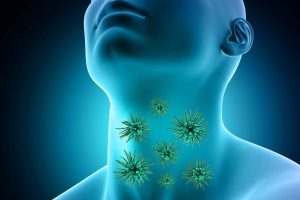blood vessels
How to distinguish angina from colds
 Angina, probably, at least once in a life has had everybody. What is this disease? What are its causes, and most importantly, what to do with angina?
Angina, probably, at least once in a life has had everybody. What is this disease? What are its causes, and most importantly, what to do with angina?
An acute infection that affects mainly the tonsils is a sore throat, or, strictly in a scientific way, acute tonsillitis. Continue reading
SARS in children: how to avoid colds
 With the onset of the “cold season”, every resident of a megacity inevitably raises the question of the prevention of acute respiratory viral infections (ARVI) and other airborne infections. Being sick is unprofitable. Neither economically (adequate treatment results in a serious amount), nor socially (a rare employer will treat with understanding an employee who often goes to the hospital). Continue reading
With the onset of the “cold season”, every resident of a megacity inevitably raises the question of the prevention of acute respiratory viral infections (ARVI) and other airborne infections. Being sick is unprofitable. Neither economically (adequate treatment results in a serious amount), nor socially (a rare employer will treat with understanding an employee who often goes to the hospital). Continue reading
When honey can be harmful to the body
 Honey has long been perceived as a panacea for most, if not all, diseases. It strengthens the immune system, helps fight colds and even strengthens the heart. However, is everything known about the golden sticky delicacy? And can honey harm a person?
Honey has long been perceived as a panacea for most, if not all, diseases. It strengthens the immune system, helps fight colds and even strengthens the heart. However, is everything known about the golden sticky delicacy? And can honey harm a person?
Honey: the beneficial properties of the product and its harm
People got acquainted with the healing power of honey in the ancient world. Continue reading



